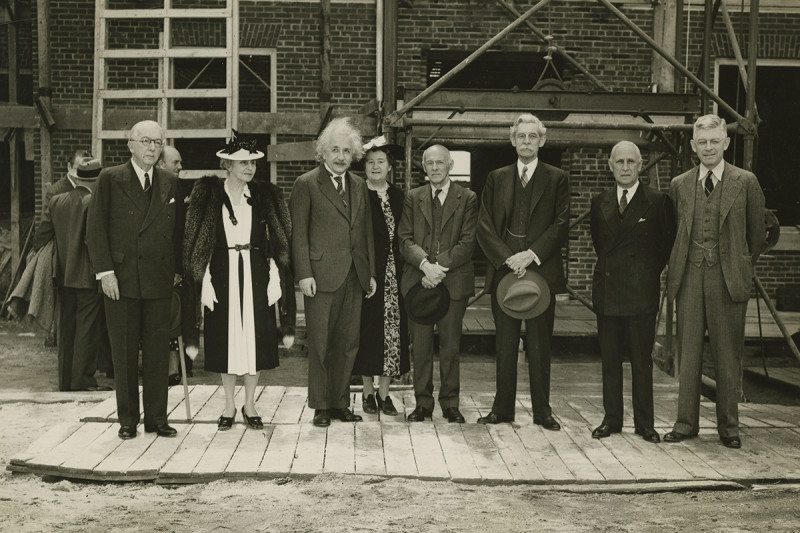
Reading Vera Tobin’s Elements of Surprise for New Scientist, 5 May 2018
How do characters and events in fiction differ from those in real life? And what is it about our experience of life that fiction exaggerates, omits or captures to achieve its effects?
Effective fiction is Vera Tobin’s subject. And as a cognitive scientist, she knows how pervasive and seductive it can be, even in – or perhaps especially in – the controlled environment of an experimental psychology lab.
Suppose, for instance, you want to know which parts of the brain are active when forming moral judgements, or reasoning about false beliefs. These fields and others rest on fMRI brain scans. Volunteers receive short story prompts with information about outcomes or character intentions and, while their brains are scanned, have to judge what other characters ought to know or do.
“As a consequence,” writes Tobin in her new book Elements of Surprise, “much research that is putatively about how people think about other humans… tells us just as much, if not more, about how study participants think about characters in constructed narratives.”
Tobin is weary of economists banging on about the “flaws” in our cognitive apparatus. “The science on this phenomenon has tended to focus on cataloguing errors people make in solving problems or making decisions,” writes Tobin, “but… its place and status in storytelling, sense-making, and aesthetic pleasure deserve much more attention.”
Tobin shows how two major “flaws” in our thinking are in fact the necessary and desirable consequence of our capacity for social interaction. First, we wildly underestimate our differences. We model each other in our heads and have to assume this model is accurate, even while we’re revising it, moment to moment. At the same time, we have to assume no one else has any problem performing this task – which is why we’re continually mortified to discover other people have no idea who we really are.
Similarly, we find it hard to model the mental states of people, including our past selves, who know less about something than we do. This is largely because we forget how we came to that privileged knowledge.
“Tobin is weary of economists banging on about the ‘flaws’ in our cognitive apparatus”
There are implications for autism, too. It is, Tobin says, unlikely that many people with autism “lack” an understanding that others think differently – known as “theory of mind”. It is more likely they have difficulty inhibiting their knowledge when modelling others’ mental states.
And what about Emma, titular heroine of Jane Austen’s novel? She “is all too ready to presume that her intentions are unambiguous to others and has great difficulty imagining, once she has arrived at an interpretation of events, that others might believe something different”, says Tobin. Austen’s brilliance was to fashion a plot in which Emma experiences revelations that confront the consequences of her “cursed thinking” – a cognitive bias making us assume any person with whom we communicate has the background knowledge to understand what is being said.
Just as we assume others know what we’re thinking, we assume our past selves thought as we do now. Detective stories exploit this foible. Mildred Pierce, Michael Curtiz’s 1945 film, begins at the end, as it were, depicting the story’s climactic murder. We are fairly certain we know who did it, but we flashback to the past and work forward to the present only to find that we have misinterpreted everything.
I confess I was underwhelmed on finishing this excellent book. But then I remembered Sherlock Holmes’s complaint (mentioned by Tobin) that once he reveals the reasoning behind his deductions, people are no longer impressed by his singular skill. Tobin reveals valuable truths about the stories we tell to entertain each other, and those we tell ourselves to get by, and how they are related. Like any good magic trick, it is obvious once it has been explained.



